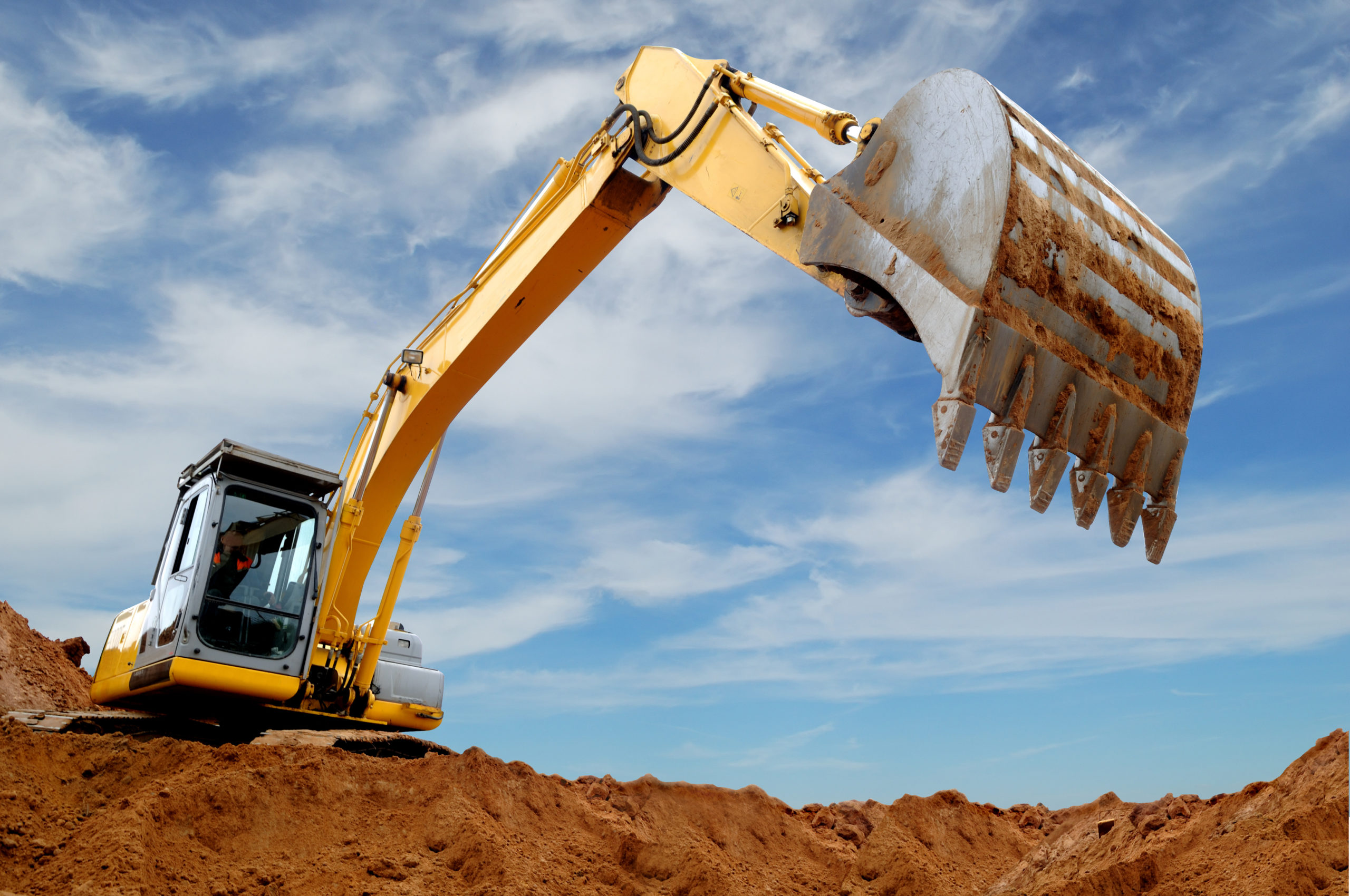Improving land doesn’t always require large-scale construction or massive investment. In fact, small, thoughtful changes can often have the biggest impact on how usable, safe, and enjoyable your property is.
Whether your goal is to make the space more functional, enhance its appearance, or increase long-term value, simple adjustments to layout, access, and maintenance can transform the way you interact with the land.
Start With Access
The way you move through your property matters. If areas are hard to reach—whether due to overgrowth, uneven terrain, or poorly placed gates—you’re less likely to use them.
Small improvements might include:
- Adding gravel or crushed stone to create firm walking or driving paths
- Installing gates in more convenient locations
- Clearing narrow trails through wooded areas for better access
These changes don’t just make the property easier to navigate; they also help protect the land by directing foot and vehicle traffic to more durable areas.
Lighting for Function and Safety
Lighting is often overlooked in land management, but it can have a huge impact on how the property is used after dark. Pathway lights, motion-sensor security lights, and accent lighting around key areas can:
- Increase safety during evening activities
- Deter trespassers or wildlife
- Highlight features like gardens, water elements, or outdoor workspaces
Solar-powered options are especially useful for remote areas without electrical access.
Manage Drainage for All-Season Use
Poor drainage can limit how and when parts of your property are usable. Areas that turn into muddy patches after rain are not only frustrating but can also contribute to erosion and plant damage.
Simple fixes include:
- Installing shallow swales to redirect water
- Adding gravel to low-lying areas
- Planting water-tolerant vegetation that thrives in damp soil
Over time, these small interventions can keep your property functional year-round.
Vegetation With a Purpose
Planting isn’t just about aesthetics. Choosing the right plants can improve soil stability, create natural windbreaks, or provide shade where it’s needed most.
For example:
- Native grasses with deep roots can reduce erosion on slopes
- Shrubs can serve as privacy screens or noise buffers
- Trees can cool outdoor work areas and reduce energy costs for nearby buildings
Even small-scale planting projects can shift the way you use the property daily.
Designate Activity Zones
If you have a mix of open space, wooded areas, and structures, creating dedicated zones for different uses can make the property feel more organized and functional.
Examples include:
- A designated equipment storage area to keep tools out of the way but accessible
- A small fire pit zone for gatherings
- An open, level area for projects, games, or seasonal activities
Clear zoning helps maintain order and ensures each part of the property has a defined purpose.
Storage Solutions
Clutter can make even large properties feel cramped. Adding storage sheds, weatherproof bins, or tool racks keeps equipment organized and ready to use.
When everything has a place, day-to-day tasks become more efficient, and the property looks more intentional.
Improve Comfort Areas
Small upgrades to comfort areas can make outdoor spaces more inviting. Simple additions like benches, shade sails, or windbreak screens can transform an underused spot into a favorite gathering place.
Even a well-placed picnic table can encourage more time spent outdoors, increasing the property’s enjoyment value.
Think About Long-Term Maintenance
Before making any improvement, consider how it will be maintained over time. Low-maintenance solutions often yield the best long-term usability. For example:
- Choosing durable materials for paths and fences
- Installing automated or low-water irrigation systems
- Opting for slow-growing plant species in hard-to-reach areas
Planning ahead helps avoid creating new problem areas that require constant attention.
Seasonal Adjustments
Some improvements may be seasonal in nature. Temporary shade structures, portable storage units, or movable seating areas can be shifted throughout the year to suit changing needs.
This flexibility ensures the property remains functional no matter the season, without committing to permanent changes in areas where use fluctuates.
Partnering for Small-Scale Projects
While many improvements are DIY-friendly, partnering with a land services provider can streamline the process. Professionals can assess the property, suggest cost-effective changes, and implement solutions quickly.
Bear Claw Land Services works with property owners to identify small improvements that yield big results, tailoring each project to the land’s unique layout and needs.
Final Thoughts
Transforming a property doesn’t always mean major construction or significant expense. Small, well-planned improvements can have a lasting impact on usability, appearance, and enjoyment.
By focusing on access, drainage, purposeful vegetation, and comfort, you can create a property that works better for you every day—without overhauling its natural character. With a few thoughtful adjustments, the land you already own can become the land you truly love to use.







